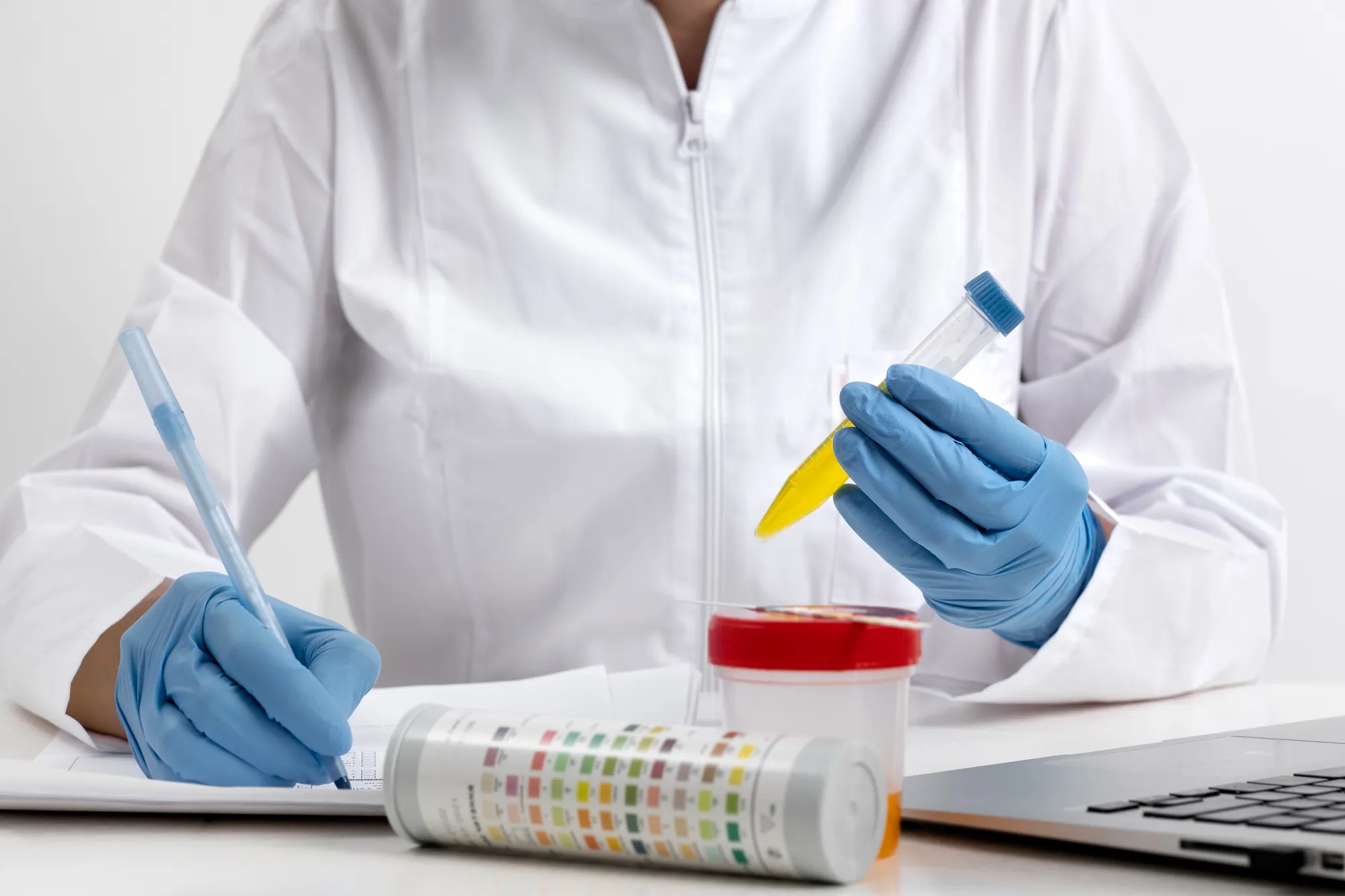Ion channels constitute the fundamental gateways that regulate the influx and efflux of ions across the cell membrane, orchestrating a myriad of physiological processes. In recent years, significant advancements have been made in understanding the intricate relationship between ion channels and the surrounding membrane lipids at the nanoscale level. A major breakthrough in this domain is detailed in the article “Tools for Understanding Nanoscale Lipid Regulation of Ion Channels” by Carol V. Robinson, Tibor Rohacs, and Scott B. Hansen, published in “Trends in Biochemical Sciences.”
This comprehensive study emphasizes the role of anionic phospholipids, particularly phosphatidylinositol 4,5-bisphosphate (PIP2), as quintessential components for the optimal functioning of plasma membrane ion channels. The persistence of anionic phospholipids in bulk membranes is not merely a structural necessity but serves as a dynamic regulator of ion channels. Notably, PIP2, despite being present in minor amounts, prominently influences ion channel mechanisms.
Cryo-Electron Microscopy and Super-Resolution Imaging: Powerful Tools at the Forefront
Recent advancements such as cryo-electron microscopy and super-resolution imaging are enabling researchers to visualize these lipid-ion channel interactions with unparalleled clarity and resolution. These imaging modalities have revolutionized the field by providing insights into how anionic phospholipids modulate ion channels at the molecular level, allowing direct observation of the nanoscale landscape where these components interact.
In-Depth Physiological Insights Through Mass Spectrometry
Pioneering work utilizing mass spectrometry has significantly advanced the understanding of the lipid composition of ion channels. Researchers like Robinson et al. have employed these techniques to discern the specific lipid species bound to channel proteins, thereby characterizing the role of these lipids in channel functionality. Mass spectrometry has uncovered that the selective association of certain lipids with ion channels can modulate their structure and impact their conductance properties conclusively.
Significance of Anionic Phospholipids Unveiled
The research spearheaded by Dr. Hansen’s team provides compelling evidence that anionic phospholipids are not only structural constituents but also serve as confounding factors regulating ion channel function. This paradigm shift from viewing lipids as mere bystanders to recognizing them as active modulators has vast implications for understanding cellular excitability and signaling.
Interdisciplinary Approaches Catalyzing Scientific Discovery
The interdisciplinary approach combining biochemistry, pharmacology, neuroscience, and nanotechnology has facilitated a more nuanced appreciation of the physicochemical interactions between anionic phospholipids and ion channels. This collaborative effort has revealed how anionic phospholipids can induce conformational changes in ion channels or alter their gating mechanisms – a necessary understanding for targeted therapeutic interventions.
Implications for Therapeutic Strategies
The data presented in this study pave the way for the development of novel pharmacological strategies aimed at modulating ion channel activities for therapeutic benefits. Understanding the lipid-dependence of ion channels opens new avenues in drug design for treating conditions characterized by dysfunctional ion channel activity, such as epilepsy, cardiac arrhythmia, and neuropathic pain.
References
1. Robinson, C. V., Rohacs, T., & Hansen, S. B. (2019). Tools for Understanding Nanoscale Lipid Regulation of Ion Channels. Trends in Biochemical Sciences, 44(9), 795-806. doi:10.1016/j.tibs.2019.04.001
2. Hille, B. (2001). Ion Channels of Excitable Membranes. Sinauer Assoc. Inc. ISBN 0-87893-321-2. doi:10.1007/3-540-29623-9_5640
3. Shipston, M. J. (2011). Ion channel regulation by protein palmitoylation. Journal of Biological Chemistry, 286, 8709-8716. PMC3058972
4. Suh, B-C., and Hille, B. (2008). PIP2 is a necessary cofactor for ion channel function: how and why? Annual Review of Biophysics, 37, 175-195. PMC2692585
5. Hansen, S. B. (2015). Lipid agonism: The PIP2 paradigm of ligand-gated ion channels. Biochim. Biophys. Acta, 1851, 620-628. PMC4540326
DOI: 10.1016/j.tibs.2019.04.001
Keywords
1. Nanoscale lipid-ion channel interaction
2. Ion channel modulation by phospholipids
3. Role of PIP2 in ion channel function
4. Lipid regulation of membrane proteins
4. Advanced imaging techniques in ion channel research
In Closing
The study “Tools for Understanding Nanoscale Lipid Regulation of Ion Channels” by Carol V. Robinson, Tibor Rohacs, and Scott B. Hansen marks a significant leap forward in the field of biochemistry and membrane biology. It underscores the compelling link between lipid molecules and ion channels and how this association influences cellular communication and functionality. As this research continues to burgeon, it promises to unlock new therapeutic potentials addressing a spectrum of ion channel-related disorders, ensuring this narrative will remain at the forefront of scientific inquiry for years to come.
